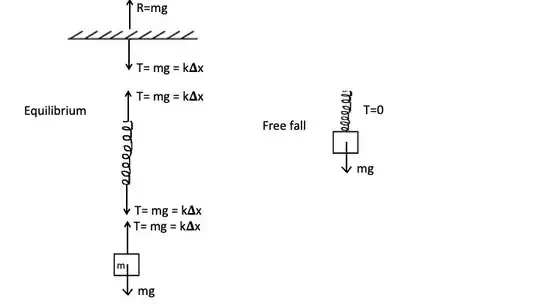Here are 2 questions that many of us have not found a good answer too, even teachers avoid a perfect answer. I also somehow intuitively understand it, but how to explain this best?
A rock is hung to a spring balance. The spring balance reads some value > 0. Why will it be zero when both are allowed to fall? Who said that the rock is not still pulling down the spring (it appears like it still pulls)?
Why a particle in upwards accelerating elevator is experiencing a compressive force even if it is in the same state as someone falling freely?
Please realise, this is not HW questions. I posted this because they are in my white list: After so many days I couldn't perfectly explain them. Moreover this will help many a freshman.
